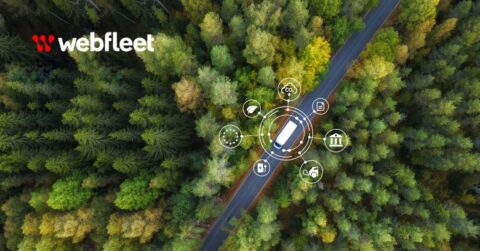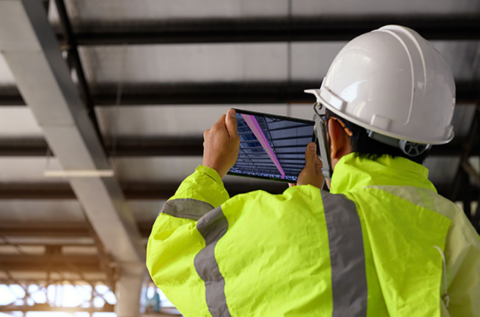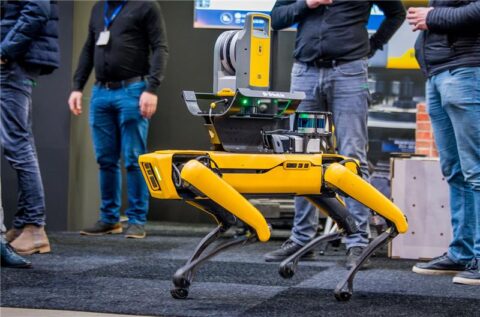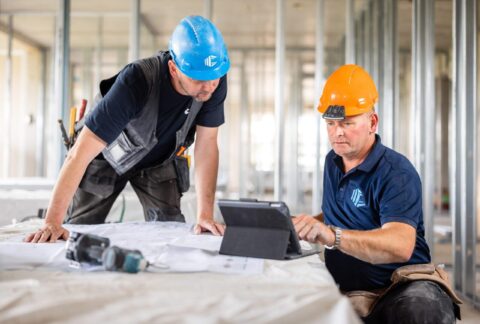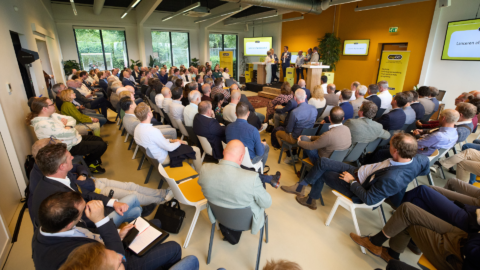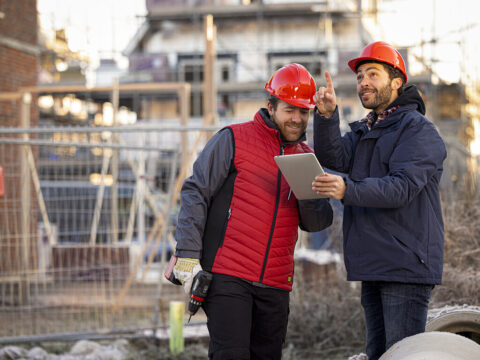That data is becoming increasingly important in construction cannot be ignored. We desperately need the efficiency that the right information can provide in the right place at a time when labor is scarce and the challenges are great. But then data must be able to be exchanged properly between parties in the chain, indicates Martijn Carlier. He is from DigiGO, which regulates the agreements for data exchange.
'We don't make the nifty applications that builders can use. We leave that to those smart people who are good at that.' But then what is DigiGO's interest? They make sure that good agreements are made about how the data is entered and offered. It is not visible to the user, but it is indispensable for good data exchange and therefore indispensable for those beautiful and useful applications that, fortunately, are becoming more and more common.
Driving force behind digitization
The pressure is mounting, and everyone is feeling it. 'Because of the tight labor market, we have to do things with fewer people,' Carlier begins the familiar list of challenges in construction. 'But you also want to attract new people, young people who are more digitally proficient. In addition, there are all sorts of new regulations and legislation to come. Like the Wkb, energy performance, Sustainability Directive, the CSRD. You have to have data to show what you've done, so everyone has to start providing data.
At the same time, all of the Netherlands must be rebuilt. Houses must be built, tunnels and bridges renovated, the energy network expanded for the energy transition. 'And all that between now and 2030, that's an enormous task. It will be really difficult to do more with fewer people. You really don't solve that by trying to attract more people either, because everyone else is doing that. So you've got to have more efficiency. For design, construction and engineering, for example, that means that from now on you have to do it right the first time.'
Waste
In fact, a lot of time is really wasted and that is very inefficient, Carlier believes. 'We can no longer afford that now that labor is so scarce.' An example is the cooperation between architects, contractors and installation companies. 'In itself, those various companies are well digitized. The processes go digital, orders and invoices too. But exchanges between those parties in the chain, it turns out, do not run very well. Data is often offered in a model that is primarily focused on internal use and that others cannot use.'
As a result, cooperation runs much less smoothly than would be possible if information could be easily exchanged between companies. 'It would make a big difference if each would indicate in advance what information they need. Then the other could take that into account when arranging the data. This could simply involve giving names to certain folders in Sharepoint. Technologically that is not at all complicated. But you have to take the time for those arrangements. That's what we do. DigiGO wants to promote digital collaboration in the built environment and we focus on the entire chain.'
Long and complex chains
For information to flow throughout the chain, very good agreements must be made. 'That is the common interest for which we were founded.' DigiGO receives funding for this from parties such as Bouwend Nederland, Techniek Nederland, NL Ingenieurs, RWS, Het Rijks Vastgoedbedrijf, as well as provinces and municipalities. 'A lot has to be done then, because the design, construction and engineering sector is very fragmented. Chains are long and complex, immensely different parties are involved. It is also a very large sector. Moreover, structures have a long life cycle. Information must still be available 50 years from now when a building is renovated.'
Information must be able to be exchanged with as little fuss and as efficiently as possible, Carlier argues. To do that, he says, smart solutions must be devised, but they cannot come about if the parties who have to make them have no faith in the basics. At the same time, there is no real incentive for individual parties in the chain to change on their own. 'I would not go so far as to call design, construction and engineering a very traditional sector, but it is a sector with a very long tradition. We can do something and we have already achieved a lot in the meantime without that digitalization. The need to tackle it is therefore lacking.'
Confidence in standards
DigiGo's role is to provide a neutral platform between the links in the chain. It is a place where agreements can be made for cooperation, says Carlier. 'In making those agreements, we base ourselves on practical knowledge of the partners. So it is the community itself that develops the standards.' The standards are also maintained and further developed. 'Working groups periodically look at whether the standards need to be updated.'
That the standards are made in a central neutral place gives the confidence needed. 'If we bring out a standard, you know as a user or as a software developer that that agreement has been seen by different parties. So you can confidently use the standard as the basis for software that construction companies can use for their data. And that, fortunately, is happening more and more.'
Broader mission
DigiGO started as a BIM counter in 2015. Back then, the foundation created standards for BIM, which is basically the same work they do now, but on a smaller scale. Since 2018, the mission has broadened and, at the insistence of Bouwend Nederland and Techniek Nederland, they started dealing with the whole digital system of data exchanges.
Now it is getting even broader and the Digivaardig project is about to start. 'With that project we are going to help organizations get their people to work together digitally. To do that, you have to let go of things you're used to. You have to start seeing how information should flow.'
Considering your partners
Carlier gives an example. 'When an architect makes a 3D model, he is mainly designing the space, the front facade, the side view. What will it look like, how will you walk through it. But a contractor looks at it differently. He wants to know very practically how things connect, what the first floor is and what the second floor is. So you have to start giving meanings to the objects in your model. You not only have to draw in 3D, you have to model meaning and name that meaning according to a certain code. Then a structural engineer knows immediately, for example, what a load-bearing wall is and that that's where he has to start calculating.
'Each partner in each phase has to take into account other partners in other phases of the process so that they can easily move forward with the model. For that, people really have to work differently and record things differently. You can no longer say, You can see what is meant anyway, that doesn't work anymore. You have to let go of what was self-evident, so that something else becomes self-evident. But that is difficult for people. Yet it has to happen everywhere, in the drawing office, on the construction site, in communication with suppliers. It's a systematic way of thinking. Digivaardig is there to support that change process.'
DigiBuilding 2024
To further encourage digital proficiency within construction companies, Jaarbeurs is organizing DigiBouw 2024 in collaboration with DigiGO. A 2-day conference program complemented by an exhibition floor with companies that can provide the necessary tools to accelerate on this. Curious? Meet DigiGO on November 20 & 21 during DigiBouw 2024.
Source: Construction & Installation Hub





